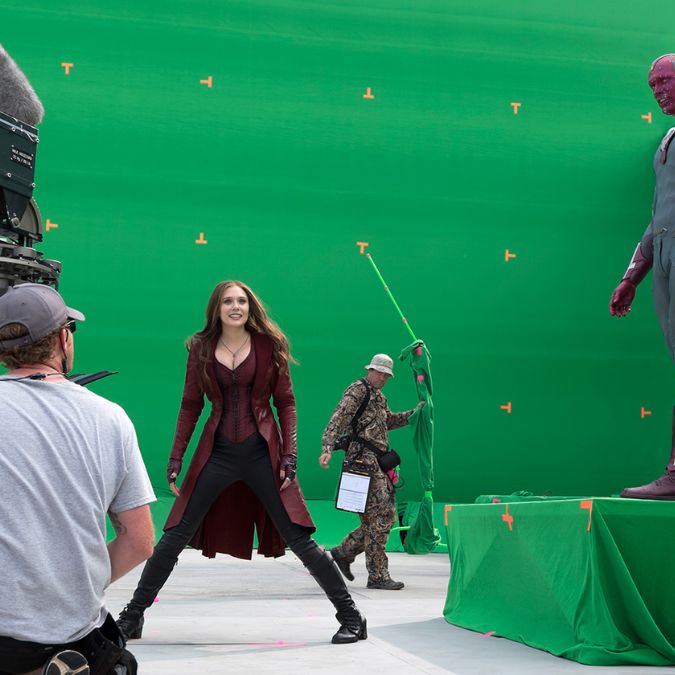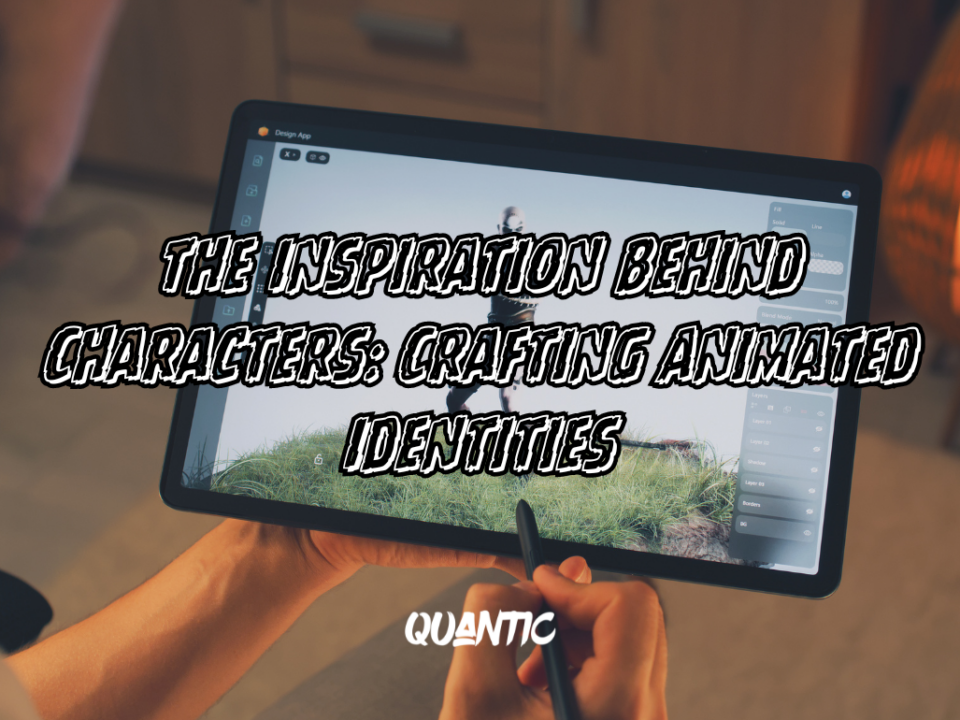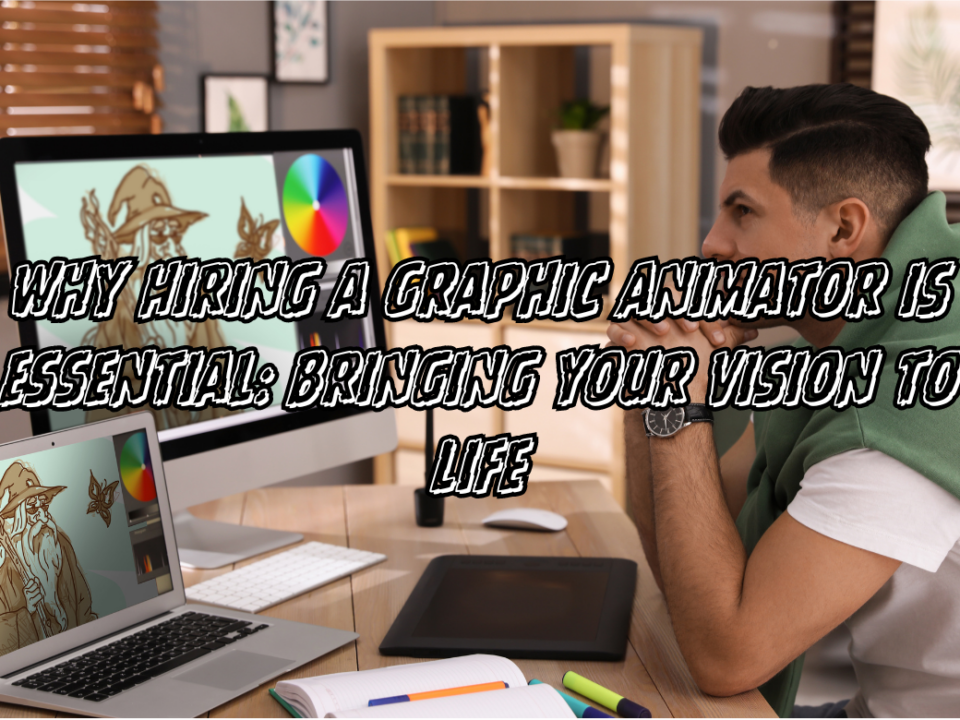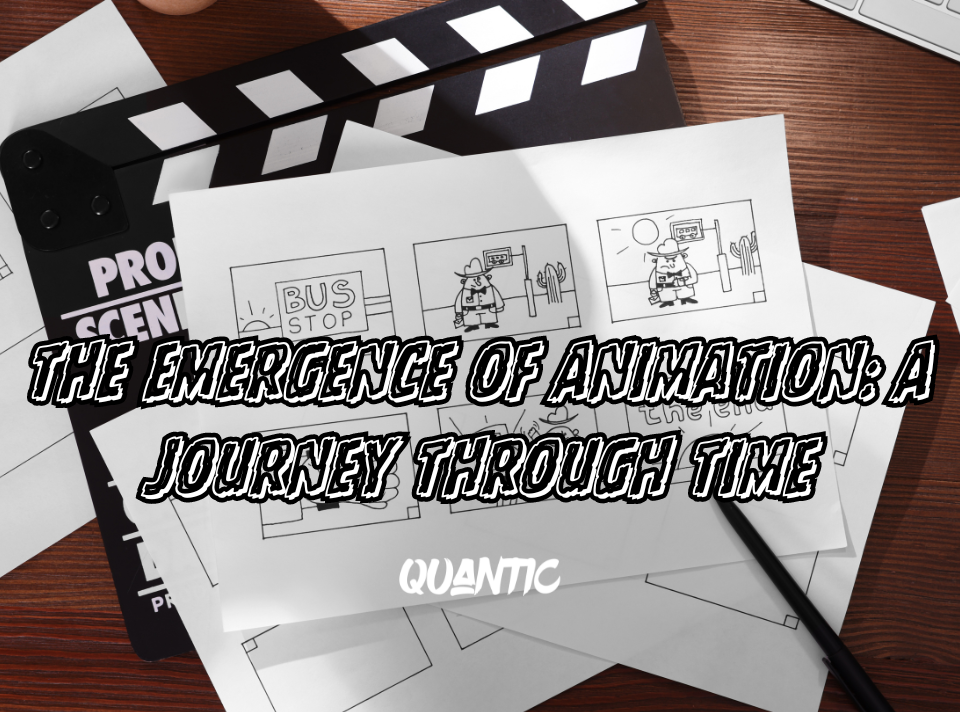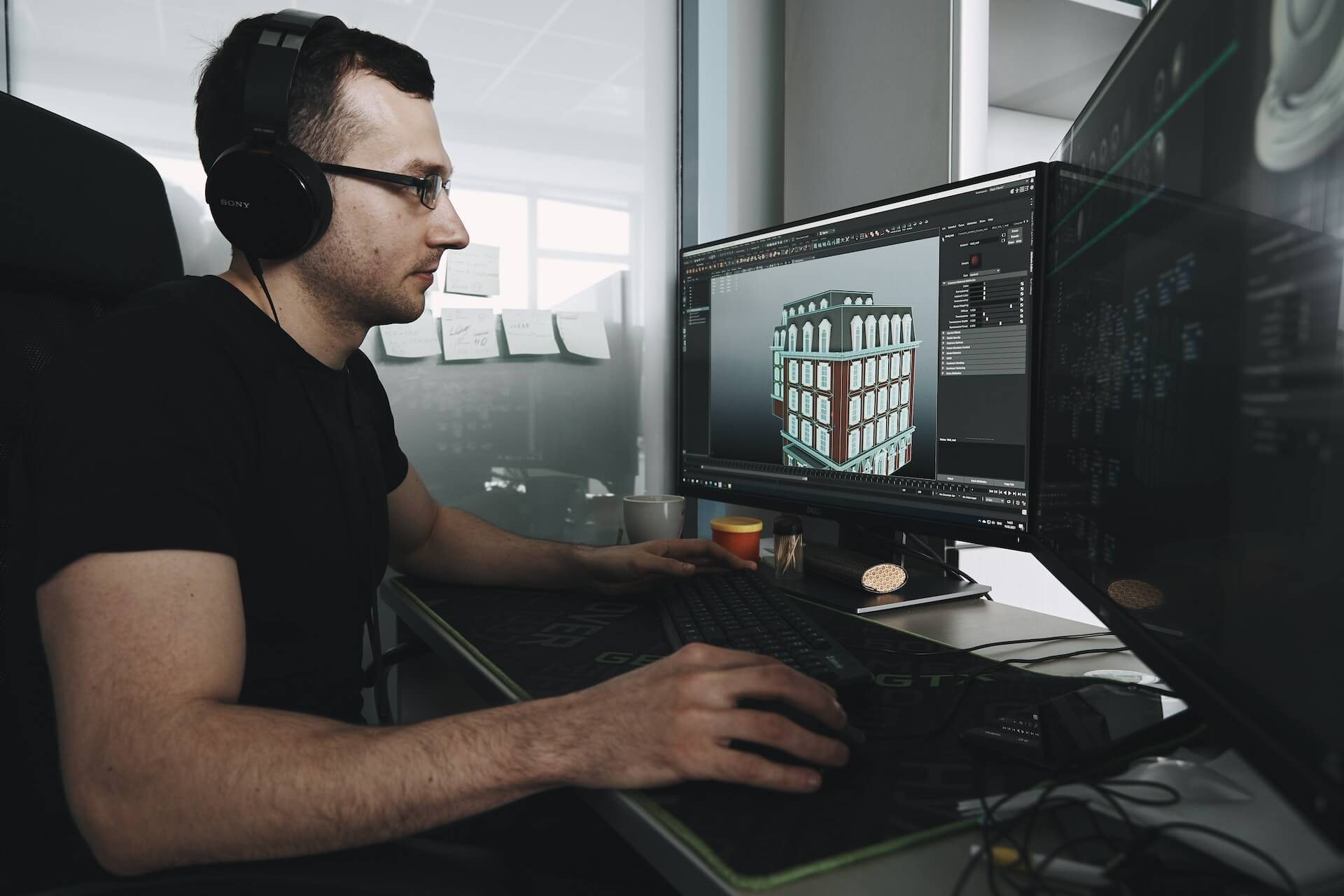
The importance of music and sound in animation
August 13, 2023Creative and Unconventional Techniques in Animation: Breaking Creative Barriers
October 24, 2023The world of animation has undergone a remarkable transformation in recent decades, thanks to the revolutionary advancement of CGI, or Computer-Generated Imagery.
CGI has redefined the way we perceive and create animation, propelling the industry to new heights of creativity and realism.
In this article, we will explore the CGI revolution and its profound impact on the world of animation.
The Evolution of Animation
Animation has a long and storied history, dating back to the early 20th century when traditional hand-drawn animation was first introduced. Over the years, animation techniques evolved, giving rise to iconic characters and memorable stories.
From the classic Disney animations to the stop-motion wonders of Ray Harryhausen, each era brought its unique charm to the medium.
In Quantic Animation we pretend to preserve the classic style of animation but we also want to innovate with the new technologies.
The Emergence of CGI
The real turning point came with the advent of CGI in the 1970s. Computer-generated imagery opened up a world of possibilities, allowing animators to create lifelike visuals that were previously unattainable through traditional methods. One of the first notable uses of CGI in film was in the 1982 sci-fi classic, “Tron,” which featured groundbreaking computer-generated sequences.
CGI in Modern Animation
Fast forward to the present day, and CGI has become an integral part of modern animation. It has enabled filmmakers and animators to push the boundaries of storytelling and visual effects in ways that were once unimaginable. Here are some key aspects of the CGI revolution in animation:
1. Realism and Detail
CGI has brought a level of realism and detail to animation that was previously unattainable. Characters, environments, and objects can be rendered with astonishing lifelike qualities, allowing audiences to immerse themselves in fantastical worlds and stories with greater authenticity.
2. Expansive Creativity
With CGI, the only limit is the imagination. Animators can create otherworldly creatures, breathtaking landscapes, and mind-bending scenarios without the constraints of physical limitations. This has given rise to a wave of visually stunning and innovative animated films.
3. Complex Physics and Dynamics
CGI has made it possible to simulate complex physics and dynamics, adding a layer of realism to animated sequences. From the movement of water to the destruction of entire cities in superhero films, CGI allows for the realistic portrayal of natural and supernatural forces.
4. Character Expressiveness
CGI has also revolutionized the way characters express themselves. Facial expressions, body movements, and emotions can be conveyed with incredible nuance, enabling audiences to connect with animated characters on a deeper level.
5. Cost-Effective Production
While CGI can be expensive, it has also made animation more cost-effective in some respects. For instance, the need for physical sets and props is significantly reduced, and revisions can be made more easily than with traditional animation techniques.
Iconic Examples of CGI in Animation
Several animated films and series have showcased the incredible potential of CGI in recent years:
1. “Avatar” (2009): James Cameron’s “Avatar” was a CGI marvel, featuring lush alien landscapes and realistic character animations.
2. “The Jungle Book” (2016): Jon Favreau’s live-action/CGI hybrid brought Rudyard Kipling’s classic tale to life with stunning visual effects.
3. “Frozen” (2013): Disney’s “Frozen” employed CGI for its icy landscapes and magical effects, creating a visually captivating world.
4. “Toy Story” Series: Pixar’s “Toy Story” franchise, which began in 1995, was groundbreaking for its use of CGI in animation and continues to set the standard.
The Future of CGI in Animation
As technology continues to advance, the future of CGI in animation looks brighter than ever in movies or videogames. Virtual reality (VR) and augmented reality (AR) are becoming integral tools in animation, offering immersive experiences for both creators and audiences. The lines between live-action and animation are also blurring, as CGI is seamlessly integrated into films and series.
Additionally, artificial intelligence (AI) and machine learning are being used to enhance the efficiency and realism of CGI. These technologies can generate lifelike textures, predict movements, and even assist with facial animation, further pushing the boundaries of what is possible in animation.
In conclusion, the CGI revolution has ushered in a new era of animation, marked by unprecedented realism, creativity, and storytelling possibilities. It has not only transformed the way we create animated content but also how we perceive and engage with it.
As technology continues to advance, we can only imagine the extraordinary animation experiences that await us in the years to come, thanks to the limitless potential of CGI.

